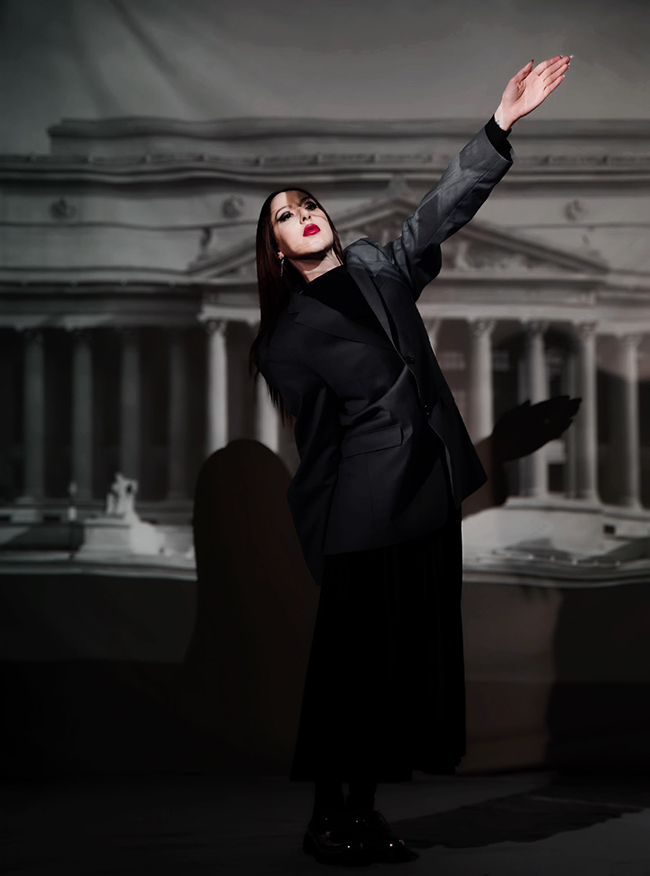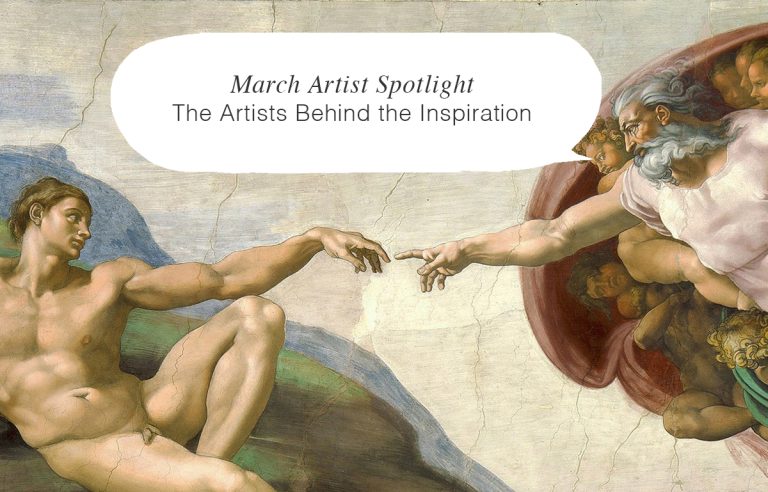Agatha Wright, known professionally as LADYFLUX, is a dynamic artist whose work challenges conventional norms and engages audiences in meaningful dialogue about the social issues of our time. In her latest collaboration with DC-based artist Paris Preston, “New Republic” merges live performance, digital installation, photography, and social practice to reflect on the consequences of unchecked power. Through her powerful art, Wright invites us to question societal structures, offering both dark humor and sobering reflections on the absurdities of truth distortion. Her creative process is driven by deep emotional responses to real-world injustices, and her work is a heartfelt invitation to re-imagine the future of our collective society.

Here is the artist’s interview.
- What is your creative process like?
It usually starts with a “download” or a visceral reaction to a piece of music that stirs up deep-seated emotions, often influenced by some horrific injustice percolating society. Real life always fosters the conditions that inform my work. - Do any personal experiences shape your work?
Yes. As a movement-based artist, my body is the archive. I cannot separate this fact from the fiction. My environment and lived experience shape the art I produce. It is hard to escape myself. I don’t want to escape; I want to connect. - What challenges do you face as an artist?
The creative process is messy. People are complicated. Coordination and division co-exist. Finding the right people to hold you with care and grace in your creative process means you accept taking risks. Risks become rewards or turn into losses. Artists have to contend with that. - What do you want people to feel when they see your art?
I want people to see themselves. I want them to know that they matter.
Agatha Wright’s art is a powerful reflection of the complexities of the human experience, blending personal history, emotional depth, and societal critique. Through her process and collaborative works, Wright fosters connections that encourage viewers to see themselves in the narrative. In a world filled with uncertainty, her art serves as both a mirror and a call for introspection, urging us to confront uncomfortable truths and find solidarity in shared experiences.

